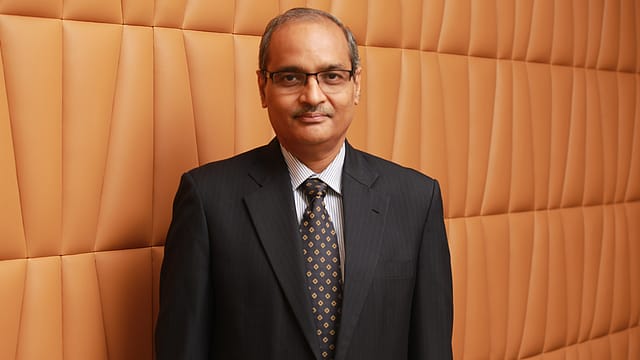JSW cuts capex plan 25% due to global quotas, duties distortion
ADVERTISEMENT

Steel is considered a strategic metal as right from weapons to automobiles, every product with significant use has some part of steel in it. But, the over cautious approach of prioritising steel as a strategic metal also leads to ring fencing of the domestic industry by advanced economies like the US and Europe.
Speaking with Fortune India, Sheshagiri Rao, joint managing director and group chief financial officer at JSW Steel, says the current global steel market is highly distorted as Europe has fixed a quota of steel import while the US has imposed high anti-dumping duties on exporters like Indian steel companies.
As per quota fixed by the EU, currently, Indian steel companies can cumulatively export just 2 million tonne per annum to Europe.
Similarly, the US, a major consumer of steel, has also imposed high duties on Indian steel products. From 25% duty imposed on all steel products to 215.5% duties on Hot Rolled Carbon (HRC) Steel, US ensured that Indian steel does not hurt its domestic production. Some duties are in place since the year 2000, making US, the most closed market for overseas steel companies.
January 2026
Netflix, which has been in India for a decade, has successfully struck a balance between high-class premium content and pricing that attracts a range of customers. Find out how the U.S. streaming giant evolved in India, plus an exclusive interview with CEO Ted Sarandos. Also read about the Best Investments for 2026, and how rising growth and easing inflation will come in handy for finance minister Nirmala Sitharaman as she prepares Budget 2026.
These quotas and duties have distorted the global steel market and prices of steel products are now quoted in three different ways namely US-based prices, European prices and Asian prices and the price differential between them is expanding every year due to changing quotas and duties, says Rao.
JSW cuts capex by one-fourth
In the beginning of the calendar year, JSW Steel planned ₹20,000 crore capex for the current fiscal but after Q1 results in July 2022, the company announced to cut down its capex plan by one fourth to ₹15,000 crore. Soaring raw material prices and waning demand of steel in Europe and China were the major reasons for curtailing capex.
JSW is running a three-year capex strategy under which it has planned to invest ₹48,000 crore that aims to boost the production capacity from present 27 million tonne to 37 million tonne.
Rao believes high energy prices along with raw material prices like iron ore, coking coal and thermal coal have muted economic activities globally. On a year-on-year (YoY) basis, Europe produced 24% less steel while Chinese demand dipped by around 6%. Demand destruction on the back of high raw material prices and soaring interest rate has forced a 40% crash in Hot Rolled Carbon (HRC) steel prices in the past six months. From $2,000 a tonne, HRC is now fetching just $800 a tonne.
Since in the last fiscal JSW exported 5 million tonnes out of 19 million tonnes of steel production, any slowdown in the global market is bound to impact its capex plans. Rao says his company will carry on the ₹48,000 crore capex plan as steel demand is buoyant in the domestic market.
Domestic steel demand may triple in next 25 years
Between 1997 and 2022, global steel consumption went up from 700 million tonne to 1.8 billion tonnes annually. The 1.1 billion tonne per annum incremental consumption was largely supported by Chinese demand as it constitutes 77% of this incremental consumption. In this 25 year period global steel demand rose by 4% per annum while China and India's demand soared by 8% and 6.5% respectively.
Rao points out that intensity of steel consumption per $1 GDP growth is declining as steel quality is improving. "We believe that for next 25 years global steel demand will rise 0.75% per annum and will reach 2.2 billion tonne per annum," Rao adds.
The 400 million tonne incremental growth from current demand of 1.8 billion tonne will majorly come from India that will contribute 60% of the enhanced demand, believes Rao.
By 2047, India will produce 400 million tonnes of steel out of which 340 million tonnes will be consumed within the country while export will be around 60 million tonnes. In the last fiscal India exported 18 million tonnes of steel while it produced 120 million tonnes and consumed 106 MT of steel. Current production capacity of India is around 150 million tonne per annum.
